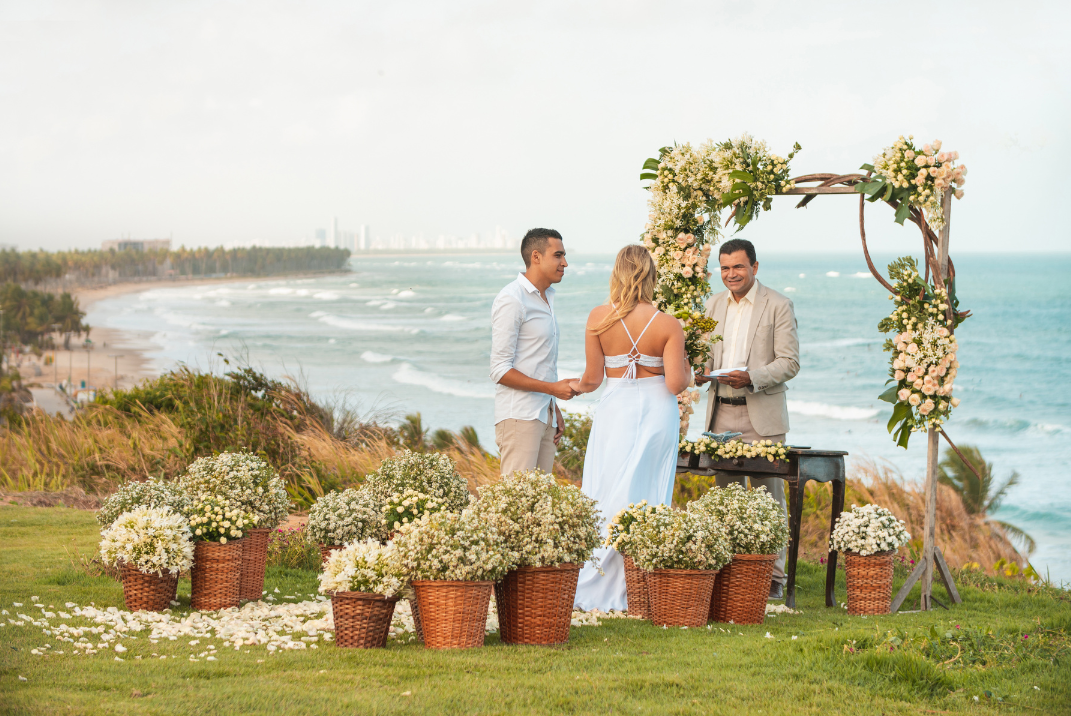NOT-BORING WEDDING photography for fun-loving adventure seekers
WELCOME TO THE KICKASSERY
Planning a wedding can be daunting. Why not hire a seasoned professional to take care of all the details for you? View my list of BC’s best wedding planners here.
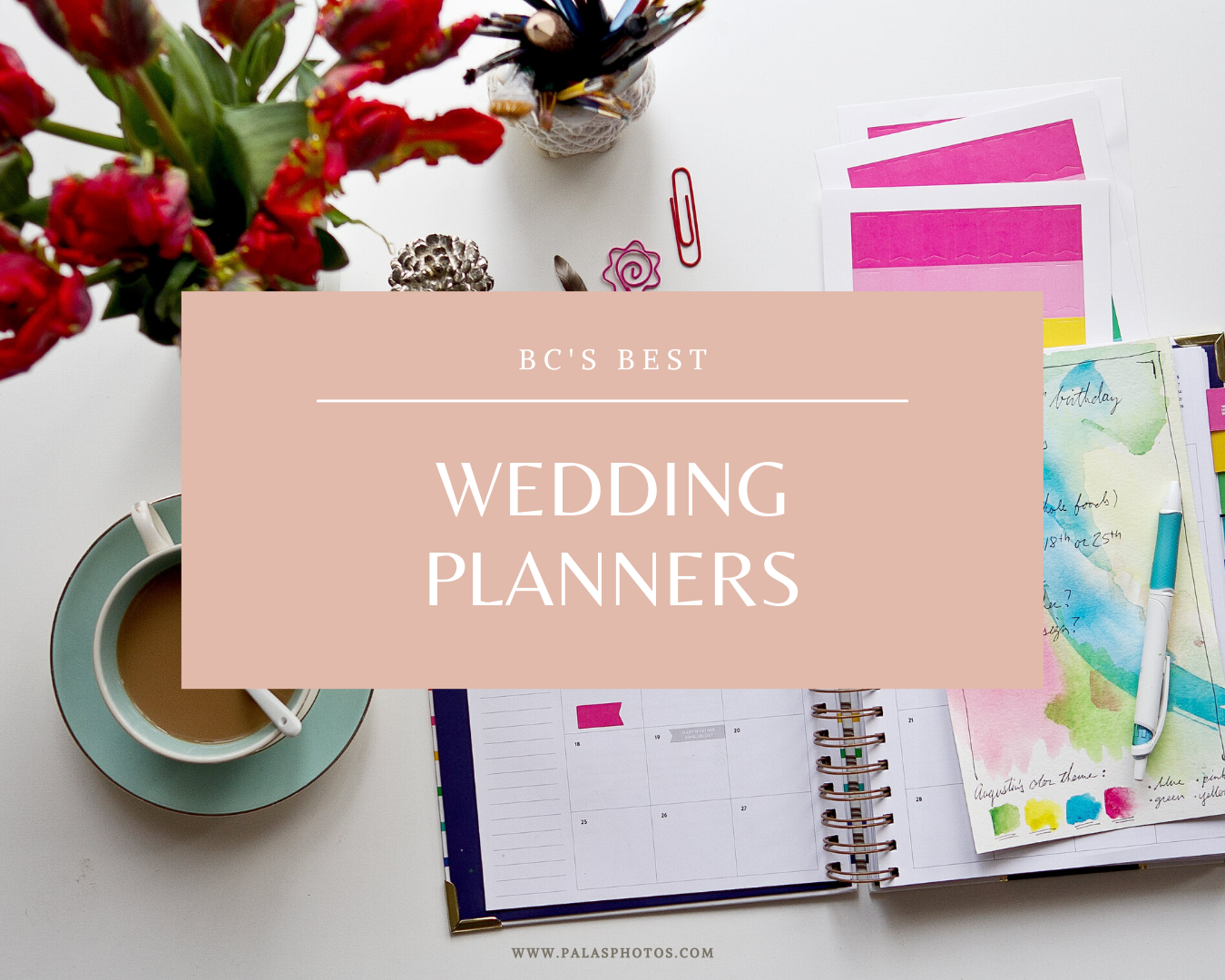
Planning a wedding on a budget is stressful, which is why I’m here to give you the best tips on planning your frugal wedding.
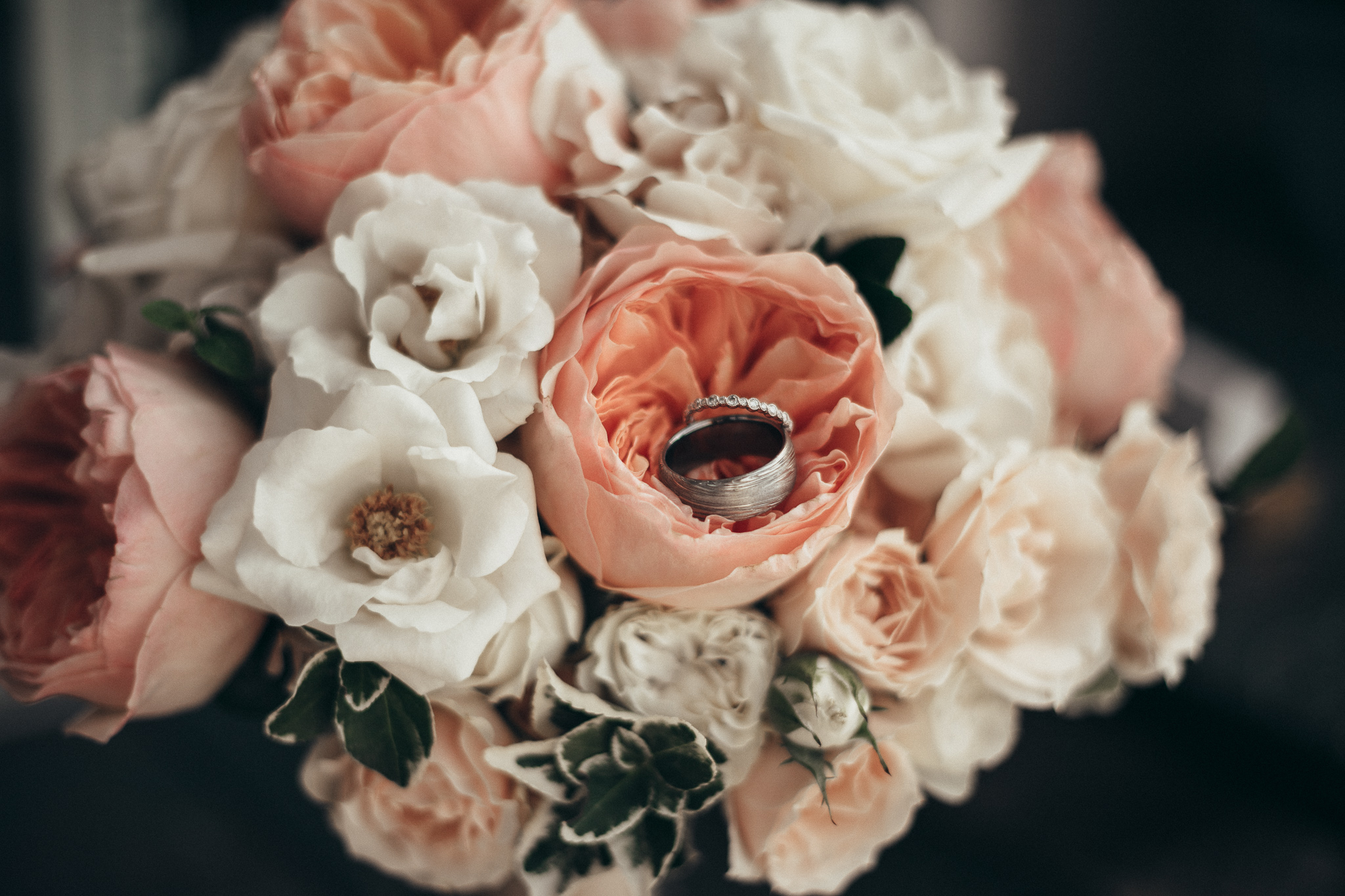
And, how to make sure your day is *your* day! Ah, the joys of wedding planning! The excitement, the love, the *incessant* opinions from family members who seem to think your wedding is a community potluck instead of a personal celebration. If you’re feeling overwhelmed by the pressure to turn your big day into a […]
When it comes to wedding entertainment in North Vancouver, couples have a wealth of talented DJs and live music acts to choose from. Whether you’re looking to get the dance floor packed or create a more intimate, romantic vibe, this vibrant community has options to suit every style and budget. For couples seeking a skilled, […]
Attention all you soon-to-be-wed lovebirds in North Vancouver! Are you looking to add a little extra spice and cultural flair to your big day? Well, buckle up, because I’m about to drop some serious knowledge on how you can incorporate the rich indigenous traditions of this stunning region into your wedding celebrations. Acknowledge the Land […]

Are you and your partner on the hunt for the ultimate wedding venue in North Vancouver? Well, buckle up, because I’m about to drop some serious knowledge that’s going to make your venue search as smooth as a freshly waxed dance floor. Tip 1: Embrace Your Inner Goldilocks When it comes to wedding venues, […]
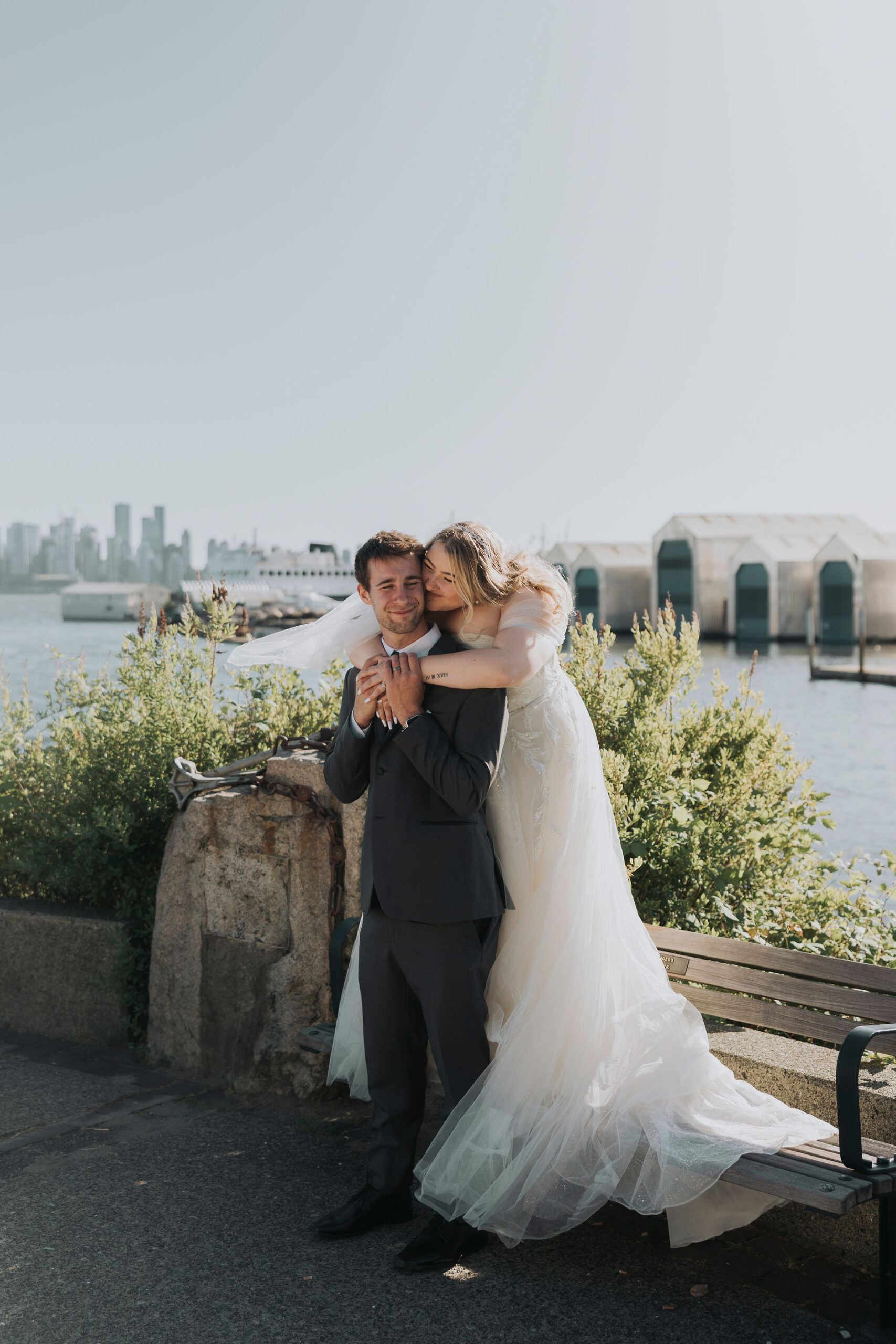
North Vancouver is home to a thriving catering scene, with several premier options for couples planning their dream wedding. Whether you’re looking for elegant plated dinners, lavish buffets, or creative cocktail receptions, these top catering companies in North Vancouver have you covered. One of the most highly-rated caterers in the area is Bon Vivant Catering […]
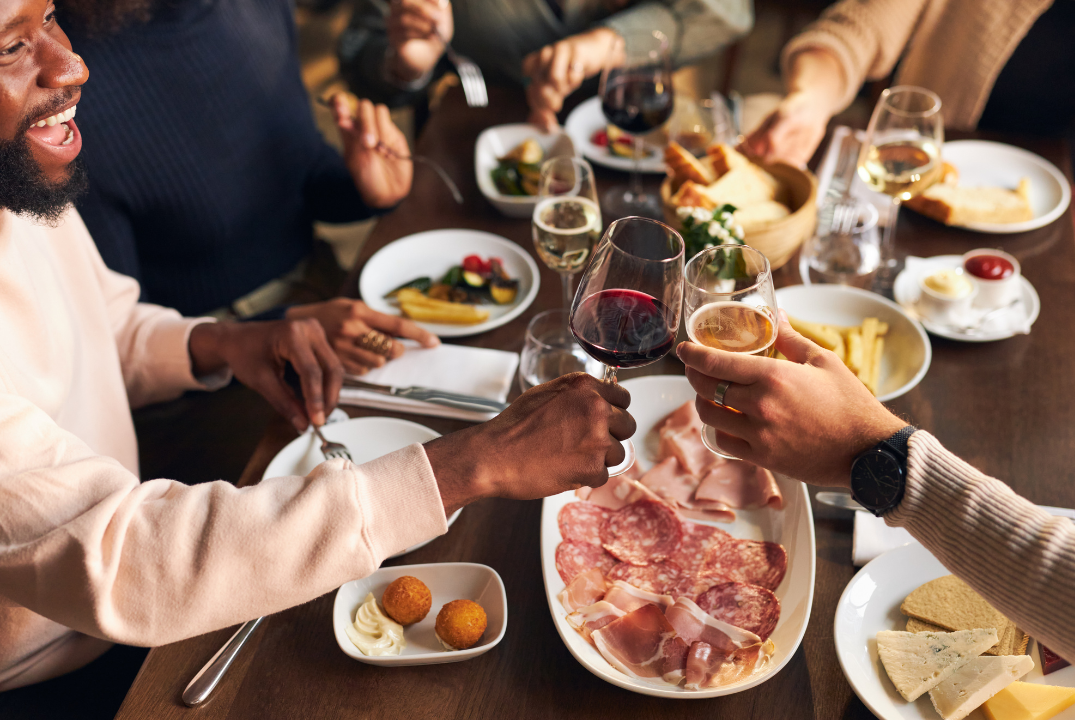
Hey there, North Vancouver lovebirds! Are you tired of the same old cookie-cutter weddings that look like they were plucked straight out of a bridal magazine? Well, buckle up, because I’m about to drop some serious knowledge on how to make your big day truly one-of-a-kind. Embrace the Great Outdoors North Vancouver is a veritable […]
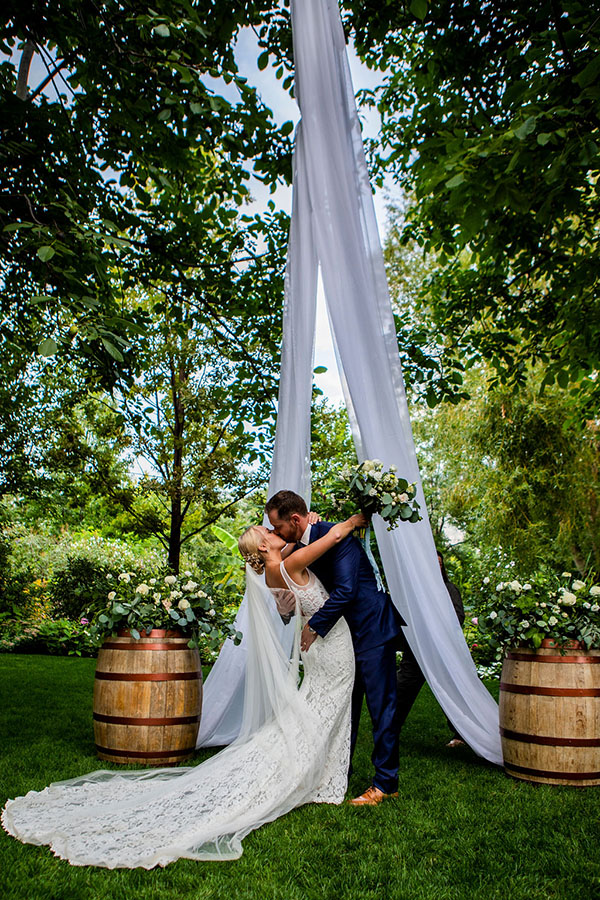
Attention all you eco-conscious lovebirds in North Van! Are you tired of the same old cookie-cutter weddings that leave a trail of waste in their wake? Well, buckle up, because I’m about to take you on a journey to plan the greenest, most sustainable wedding this side of the Burrard Inlet. Embrace the Great Outdoors […]


